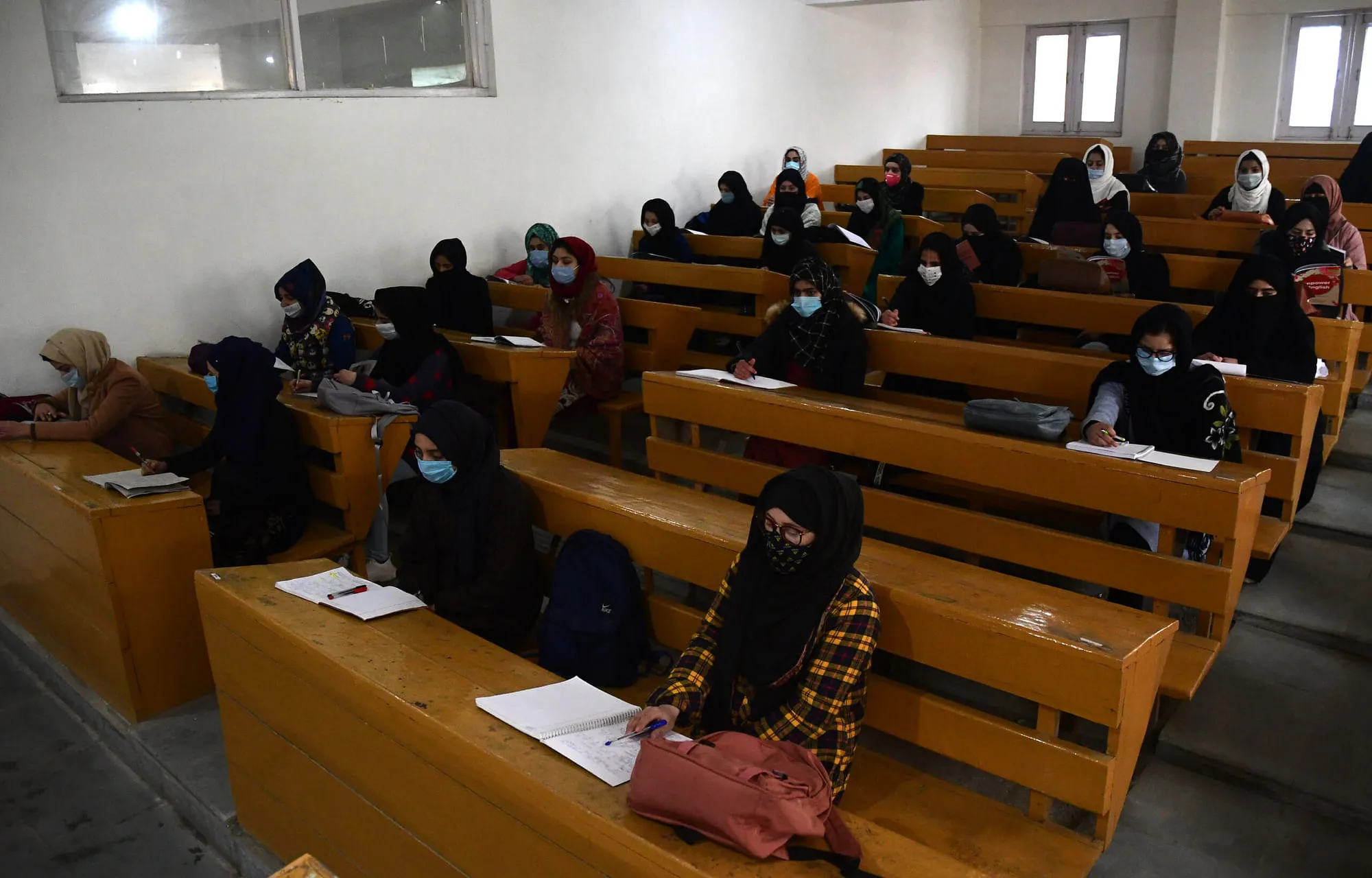Srinagar, Nov 1: A comprehensive SWOT analysis conducted by the Jammu and Kashmir government has revealed significant weaknesses and threats in the Higher Education Department (HED).
These findings have come to the fore as part of the government’s Vision Document 2047, an action plan aimed at ushering in developmental progress over the next 25 years.
The weaknesses identified in the HED suggest the need for a major overhaul to meet the demands of a rapidly changing educational landscape.
One of the key weaknesses highlighted in the SWOT analysis is the lack of technical exposure due to the non-availability of a vibrant private sector in J&K.
“This deficiency in private sector involvement poses a significant challenge for students seeking practical experience and industry exposure,” it reads.
The document also highlights a concerning lack of interest among the youth in skill education, despite the availability of skill courses in J&K.
“This apathy towards skill-based education is troubling, as such courses are vital in preparing students for the job market,” the document reads.
Furthermore, the SWOT analysis brings to attention the dire state of infrastructure within the HED.
According to the official document, 25 newly established and existing colleges are without their buildings underscoring the pressing need for improved infrastructure and resources in these institutions.
Additionally, the faculty’s inability to work as PhD supervisors and co-supervisors, despite their high qualifications and eligibility criteria, is another critical concern identified by the SWOT analysis.
“This limitation hinders the development of academic research and innovation within the region,” it reads.
The report also highlights the constant threat of brain drain, with foreign countries poaching the educated and skilled youth due to the lack of proper employment avenues within J&K.
“Lack of coherence between academia and industry has caused unemployment or under-employment of the educated class which then looks back and banks on the government sector for employment,” the document reads. “The student passes out of the degree programme with lack of diversification which the modern competitive world demands.”
In response to these weaknesses, the government suggests that market-oriented, practical-based courses should be made available to students to enhance their academic competence and competitiveness in the modern world.
The lack of diversification in degree programmes and a focus on rote learning are identified as areas that require immediate attention.
Despite these challenges, the SWOT analysis of the J&K HED also reveals some strengths and opportunities.
The implementation of the National Education Policy (NEP) 2020 has led to the establishment of autonomous degree-granting colleges and increased faculty engagement in quality research.
The introduction of digital initiatives and e-source management has enhanced the learning experience for students.
The report highlights that most Government Degree Colleges (GDCs) now possess state-of-the-art laboratory facilities, providing learners with access to cutting-edge resources.
The HED is actively working on knowledge enhancement among faculty members to keep students informed about the latest developments in their respective fields.
In response to these findings, the government’s Vision Document 2047 outlines an action plan for the coming years.
It aims to increase enrollment in higher education, improve infrastructure, and promote research and skill development.
The plan envisions an increase in enrollment to 412,630 by the end of 2027 and aims to achieve a Gross Enrolment Ratio (GER) of 40 percent by the same year.
The HED also plans to grant autonomous status to more colleges by 2027 and introduce skill courses in all colleges.
Looking further ahead, the HED’s goals include increasing enrollment to 477,670 with a GER of 64 percent by 2042.
Ultimately, the department aspires to enroll 501,554 students with a GER of 72 percent by 2047.
While the SWOT analysis underscores several challenges in the J&K Higher Education Department, it also presents a vision for a brighter and more prosperous educational future for J&K.
J&K’s Vision Document Flags New Challenges For Higher Education | Unveils ambitious plans to address emerging concerns, infrastructure issues







